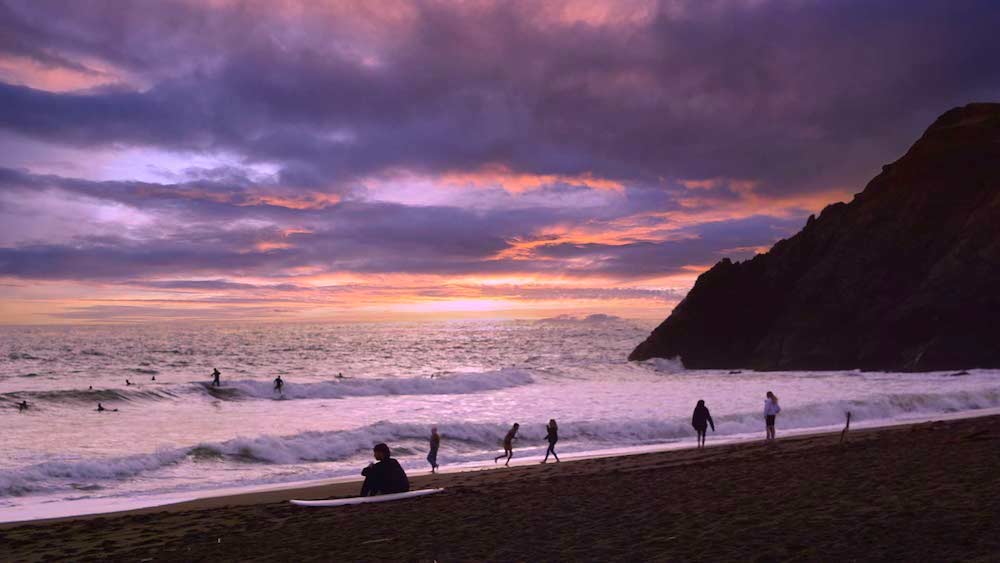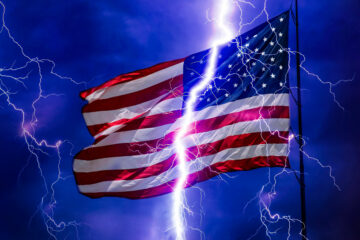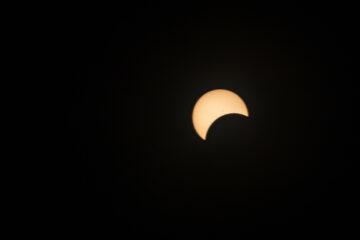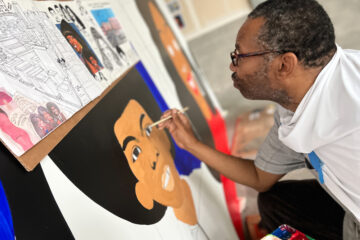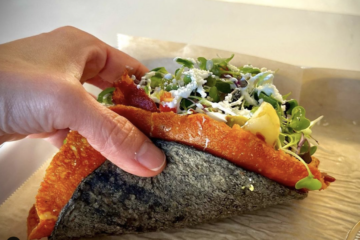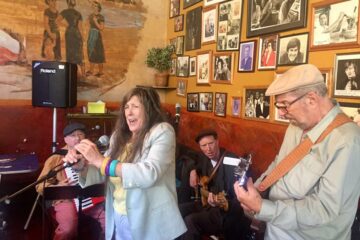A Brief History of the Color Pink
By Carolyn McCoy
Pink is the new black: I base this non-scientific proclamation on the popularity of that rosy color that now seems to be popping up like roses all through our society thanks to popularity of the Barbie movie. Lines outside of theaters for this feminist blockbuster have showcased this latest craze with pink shirted men holding hands with their daughters in pink tutus, all while people of all genders rock pink jumpsuits, feather boas and other such festive garb. But pink is not only taking over our current fashion; the community of Monte Rio in Sonoma County went as far as painting the local theater pink for the premier of the movie. The color is now everywhere!
My first thought upon hearing about a movie based on the doll I played with (and tortured) until I was 10 years old, was that there wouldn’t be anything intelligent about the film. I figured it would be some kind of sugar-overload of cuteness. I grew up so deep in the patriarchy that I eschewed a lot of my femininity to be one of the boys, because I saw that they got away with a lot more than I could. So, I came to think of pink as a prissy-princess color. As I sat in the theater, I was thrilled to discover that the main message about the Barbie movie’s use of pink was to make a vivid FUCK YOU salute to the patriarchal system.
With the Barbie movie, pink has been claimed, full on, as badass. Or, maybe it has always been kind of badass. Maybe like me, you may not have noticed the shit-kicking power of pink because of unfounded perceptions about the color being a soft, “chick-like” shade that befits cotton candy instead of strength.
Local Journalism for Working stiffs
We write for the poets, busboys, and bartenders. We cover workers, not ‘tech’, not the shiny ‘forbes 100 bullshit’. We write about the business on your corner and the beer in your hand. Join the Bay's best newsletter.
But, there is more to the story. Pink has a long and meandering history that is deeper than being a “color for girls”. So let’s take a deep dive into some interesting ideas about the color pink and how historical, social, and gender ideas have been the focus of this color that is just a lighter shade of red.
– Pink is made from mixing red and white. Technically it is a shade of red, only lighter.
– I would give credit to Mother Nature herself for first discovering the color pink a couple billion years ago. Her joy in her discovery is apparent, as she decided to use that gentle color for sunsets, sunrises and pretty desert rocks. She sprinkled it on flowers, dribbled it on fruit and scattered it in the ancient, salty mountains of the Himalayas. Oh, Mother Nature; the world’s best decorator.
– To the extent of my internet search, there exists well over 200 shades of pink in the digital world. But, to toot Mother Nature’s horn again, I will unscientifically guess that there are probably an infinite number of pinks in the natural world. Nature is messy and often blends colors in haphazard ways to create new shades for our eyes to behold that a computer can never create.
– Pink has not always been associated with the feminine, in fact, it has only been in the last 100 years that society has made it a “girl’s color”. In the 1700’s, pink was a common color worn by men, as the color was considered masculine and was thought to represent bravery, valor and virility.
– The 1950’s was a decade of rigid conformity with strict gender roles that became solidified in our culture. During this time, society took existing ideas on gender performance way too seriously and it was then established that pink was the code for female gender. Because of the rise of advertising, chemical dyes for fashion and toys, and the deep influence of pop culture the decades since then have only further cemented the “pink is for girls, blue is for boys” stereotype. Wearing pink in the 21st century isn’t just about reversing the idea of pink as a feminine color, it’s about undoing more than a century of reinforcement that girls and boys should behave in certain ways.
– Pink is embraced readily by the LGTBQ+ community, as a counter to the constructed markers used by Nazis to identify members of the LGBTQ+ community. Gay men, or those with non-hetero sexual proclivities, were marked by a pink triangle in the concentration camps. In recent years, the community has claimed pink as a symbol of self-identity and empowerment. Pink and blue are now represented on the Pride flag as an inclusive symbol of everything Queer.
– Traditionally, pink roses signify grace, admiration and elegance, but there are variations of the meaning based on shades of pink. In other flower news, pink zinnias mean lasting love; pink hydrangea signify gratitude; and pink chrysanthemums speak of a life of ease.
Pink is more than the sum of its parts, (which is red and white, remember?). Pink is female, it’s male, it’s both, it’s neither, it’s nature, and ultimately, it’s just a simple color. But one which holds significant symbolism in our Western society. Because of Barbie director Greta Gerwig and her powerhouse take on the strength of the feminine with the current Barbie phenomenon, our eyes can now truly see pink in all its fabulous and multidimensional glory.

Howdy! My name is Katy Atchison and I'm an Associate Editor for Broke-Ass Stuart.
I want to take the time to say thank you for supporting independent news media by reading BrokeAssstuart.com. Supporting independent news sources like Broke-Ass Stuart is vital to supporting our community because it amplifies the voices of a wide variety of diverse opinions. You also help support small businesses and local artists by sharing stories from Broke-Ass Stuart.
Because you're one of our supporters, I wanted to send over a pro-tip.
Our bi-weekly newsletter is a great way to get round ups of Broke-Ass Stuart stories, learn about new businesses in The Bay Area, find out about fun local events and be first in line for giveaways.
If you’d like to get our newsletter, signup right here, it takes 5 seconds.


